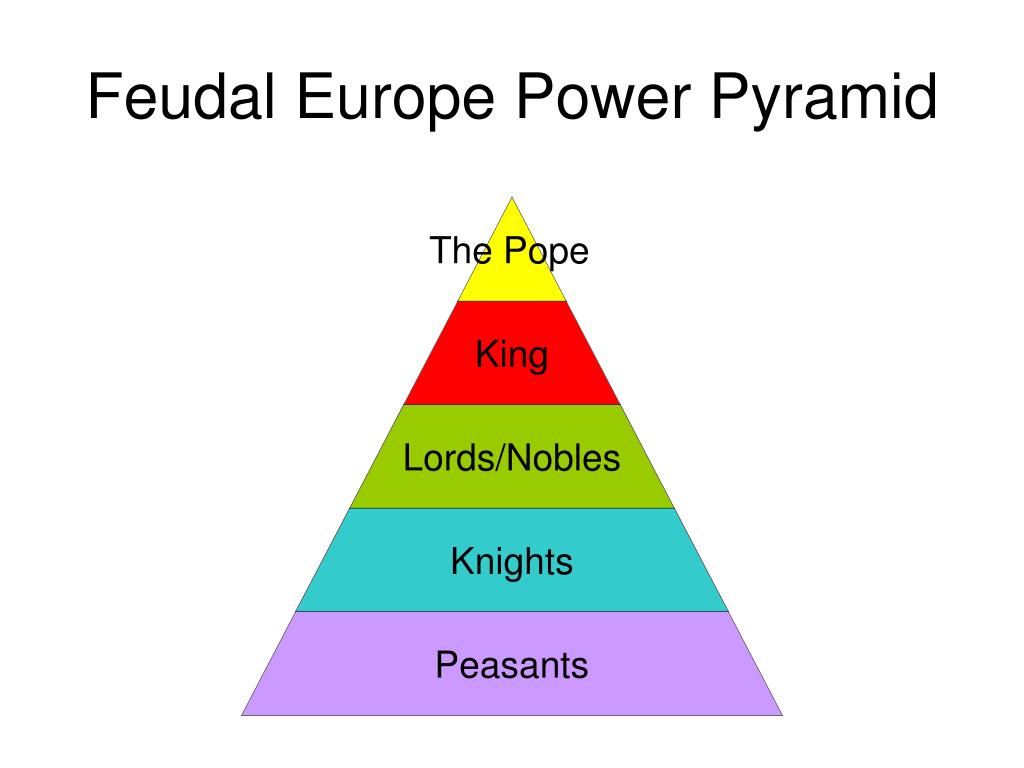

Aquinas even compared heretical beliefs to counterfeit money, suggesting that they were damaging the “public good” of shared orthodox beliefs within the Church. Nor did it create a political or civil “right” to error, because, Aquinas argued, an ill-formed conscience could lead to sinful acts, and, by example, could lead others into grave sin. It did not apply, Thomas thought, to Christian defectors-heretics and apostates-who, like anyone defaulting on a solemn oath, should be punished. This principle applied to everyone never previously exposed to the Christian message, such as Muslims and pagans. Based upon the incompatibility of belief and coercion affirmed by the young Augustine, Thomas contended that all human beings, Christian or not, had a moral obligation to follow even an erroneous conscience. In the thirteenth century, Thomas Aquinas propounded a powerful but limited doctrine of freedom of conscience. This period of papal ascendancy also saw policies of severe religious repression known as “inquisitions,” which were initiated in the thirteenth century and culminated in Spain in the fifteenth century. The purpose of these Crusades was the conversion of non-Christians as well as the recovery of the lands where Christianity was born, lost over the years to Islamic conquerors. The result was the Christian Crusades, which were armed incursions against lands under both Eastern Christian and Muslim control. This pattern reached its highest expression by the eleventh through the thirteenth centuries, when popes, having replaced kings as the ultimate authority in the Western empire, came to possess the final say regarding the use of force. Political power was taken to be an appropriate means for spreading, regulating, and protecting Christian belief and practice. In the West, Charlemagne succeeded, by the ninth century, in consolidating the diverse barbarian kingdoms of Western Europe into a centralized Christian empire with himself as effective head of the church. While the relationship between spiritual and political authority was consistently intimate, it was also antagonistic, exhibiting, at various times, an intense struggle for religious authority and political power. Accordingly, the distinction between “sword” and “spirit,” between coercion and belief, so central to the early Christian experience, was retained, if only in a highly disguised form. Under this arrangement, differently interpreted in the two sectors, civil and religious authorities were not sharply differentiated along modern lines, but were understood as two interdependent “departments” of a common, encompassing enterprise. Intercultural and Interreligious Dialogue Topic

Politicization of Religion in Global Perspective.The Geopolitics of Religious Soft Power.The Culture of Encounter and the Global Agenda.

`all students of the Middle Ages and of collective organization will be indebted to Reynolds for this rich and original book. The second edition of this important study incorporates a substantial new introduction, which amplifies the arguments of the original edition and takes account of recent research. Arguing that medieval attitudes and behaviour have too readily been defined in terms of hierarchical structures of government, clerical thought, or narrow notion of kinship, the author instead places new emphasis on the horizontal bonds of collective association which permeated society in medieval England, France and Burgundy, Germany, the Netherlands, and Italy.īy refocusing on the social and political values that characterized lay collective activity, this book offers a stimulating new approach to the history of medieval Europe. This study is an exploration of the collective values and activities of lay society in Western Europe between the tenth century and the thirteenth. Oxford Research Encyclopedias: Global Public Health.
#FEUDAL KINGDOMS WESTERN EUROPE SERIES#
The European Society of Cardiology Series.Oxford Commentaries on International Law.


 0 kommentar(er)
0 kommentar(er)
